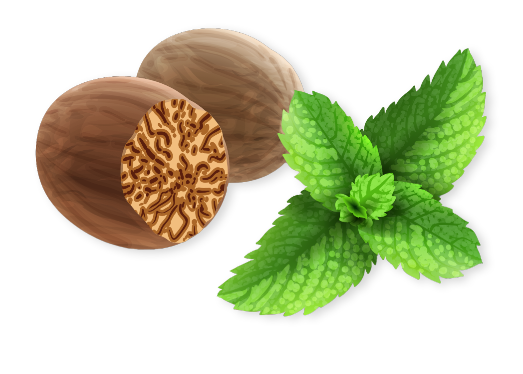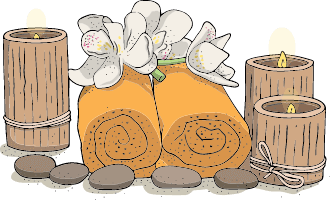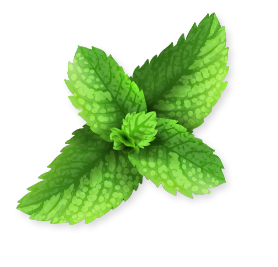- Acute Injuries: Result from sudden incidents, such as falls or impacts. Common examples include sprains, fractures, and dislocations.
- Chronic Injuries: Develop over time due to repetitive strain on specific body areas, leading to conditions like tendinitis and stress fractures.
WHAT IS SPORTS INJURY ?
Sports injuries refer to physical injuries that occur during athletic activities or exercise. These injuries can impact anyone involved in repetitive movements or intense physical activity, not only athletes.
TYPES OF SPORTS INJURY
Sports injuries are broadly categorised into two types,
SIGNS & SYMPTOMS
- Acute Injuries: Sharp, immediate pain, bruising or swelling, inability to move or bear weight, visible joint or bone misalignment.
- Chronic Injuries: Persistent pain during activity, swelling, and a dull ache even at rest.
CAUSES OF SPORTS INJURY
Sports injuries typically arise from:
- Overuse or repetitive strain on muscles and joint
- Poor training techniques or inadequate warm-up
- Sudden trauma, falls, or impacts
TREATMENT AT SANJEEVANAM AYURVEDA HOSPITAL
Sanjeevanam Ayurveda Hospital in Cochin provides an integrated approach to sports injury management with personalized treatments designed for both recovery and prevention. Key Ayurvedic treatments include:
- Abhyanga: A therapeutic oil massage that enhances blood circulation, alleviates muscle tension, and supports healing.
- Agnikarma: A heat therapy applying localized thermal energy to specific points, effectively relieving pain and inflammation.
- Hijama (Cupping Therapy): A traditional technique using suction cups to reduce inflammation, boost circulation, and detoxify, especially beneficial for musculoskeletal recovery.
- Raktamokshana: Bloodletting therapy used to cleanse the body and improve blood circulation
- Herbal Remedies: Tailored herbal formulations targeting pain relief, inflammation reduction, and tissue repair.
- Preventive Measures: Customized exercises and yoga routines to strengthen muscles, enhance flexibility, and minimize future injury risk.
BOOK APPOINTMENT
























